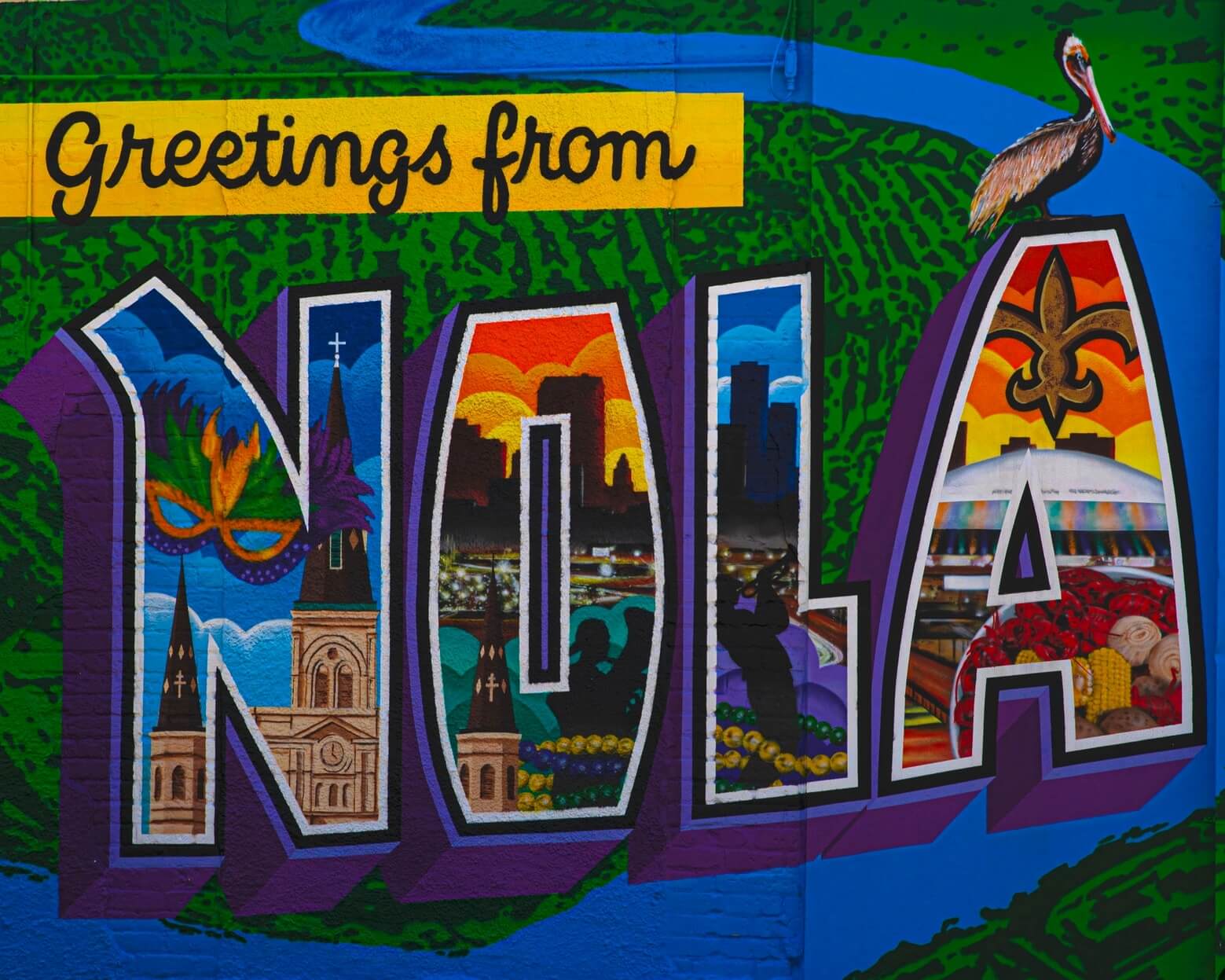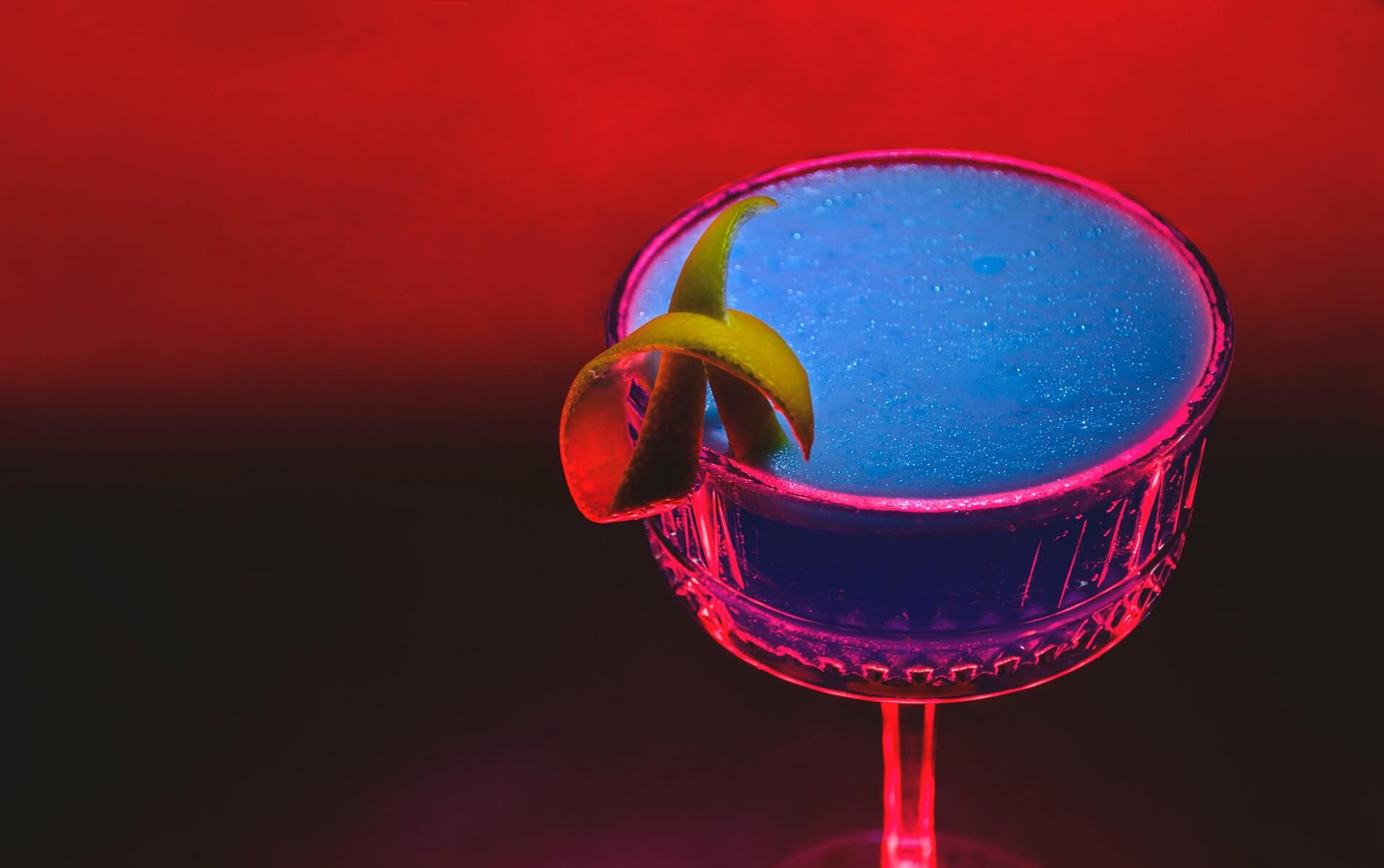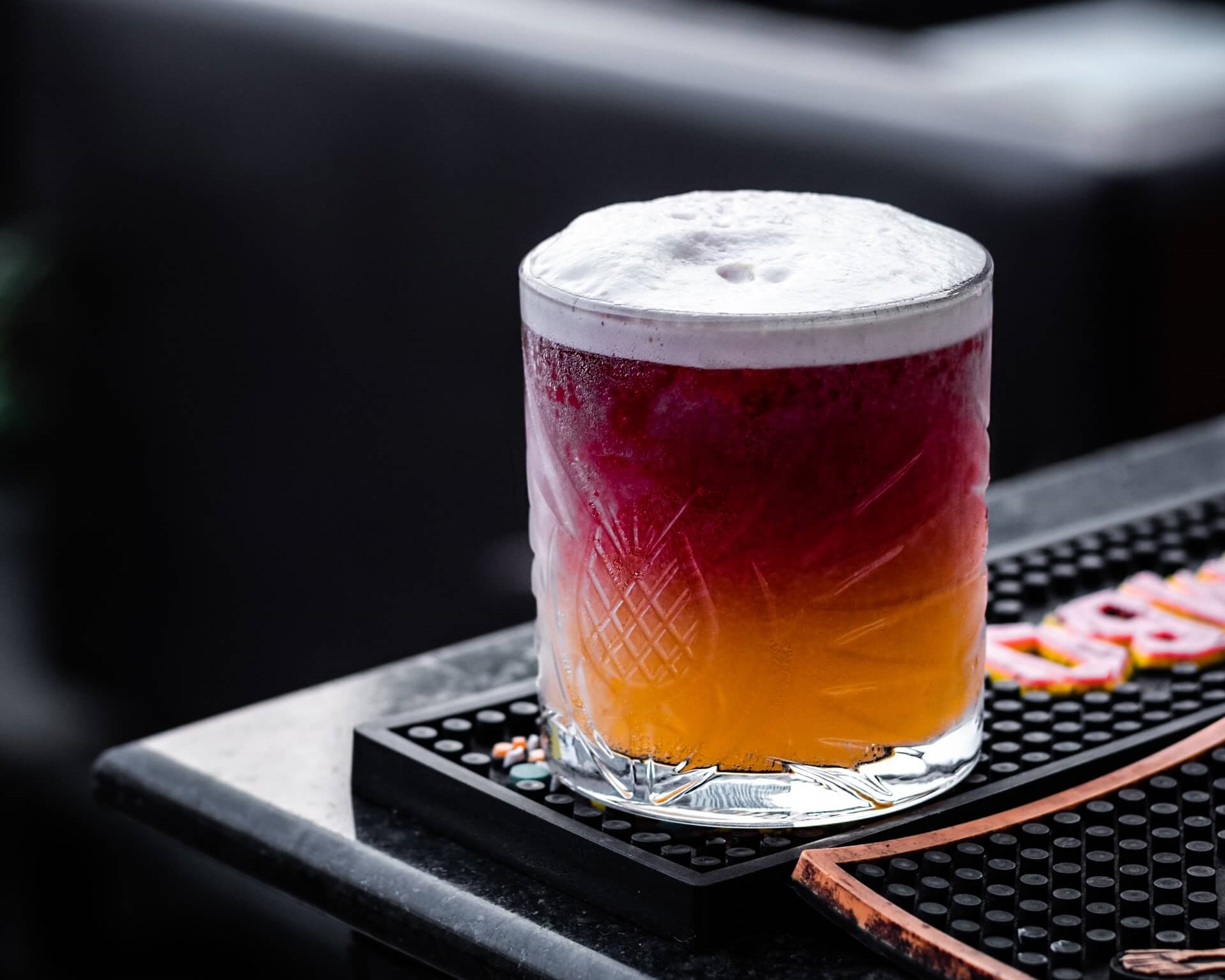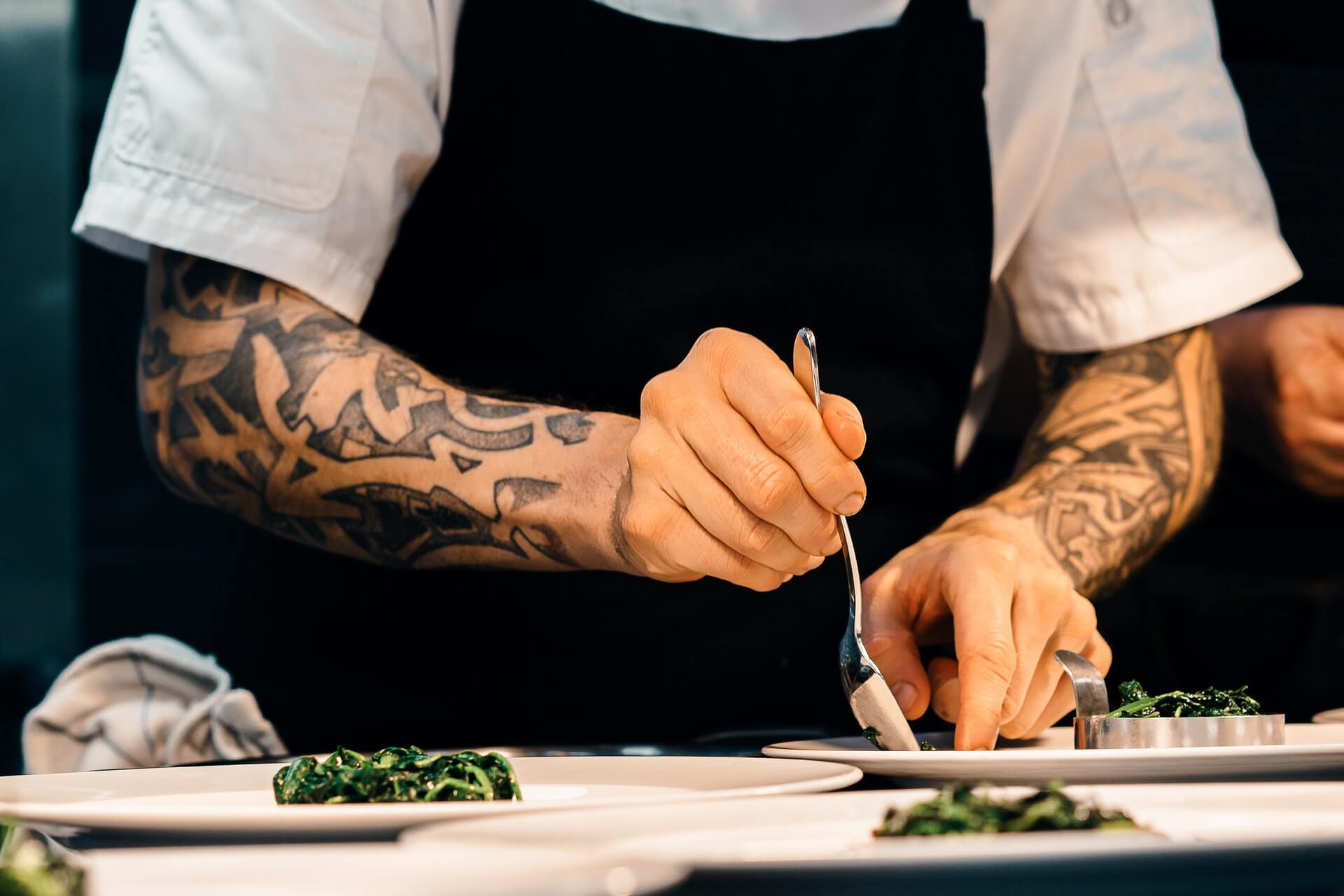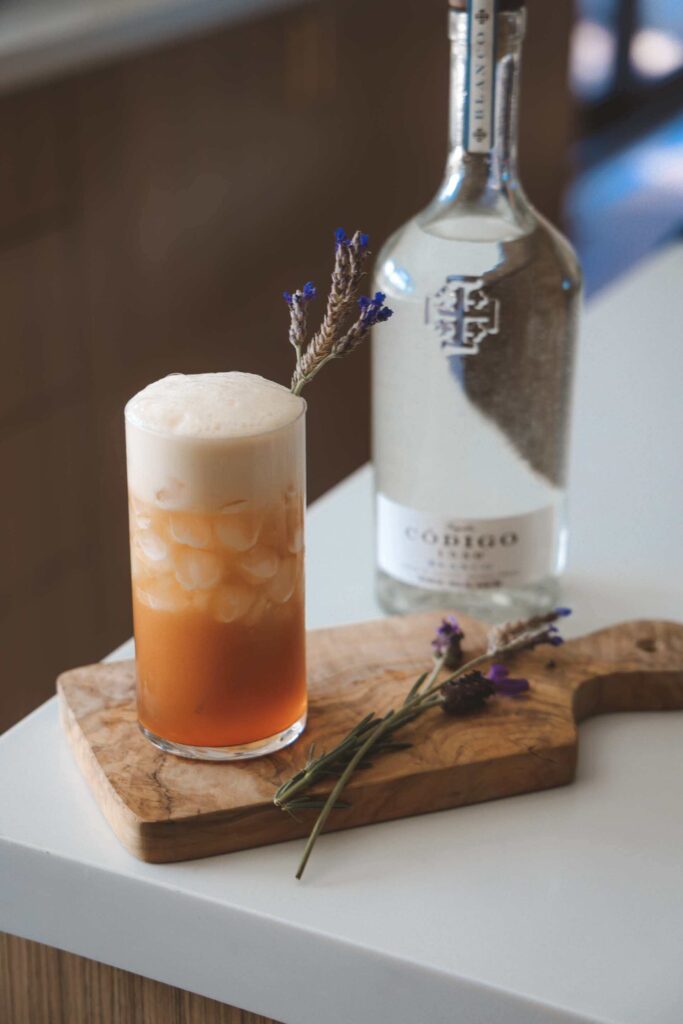The 2022 Hospitality Design Forecast
by David Klemt

Four 2022 HD Expo panelists are focusing on very specific design elements and considerations informing the future of hospitality design.
It should come as no surprise that their industry forecasts embody the themes of this year’s hospitality design show.
In fact, each panelist appears to be embracing the overall theme: Community. For these experts, designers must be mindful of their impact on communities.
Sustainable Practices
Enrique Vela, director of interiors at Olson Kundig, prefers the term “performance building” to sustainability. At Olson Kundig, performance building informs every stage of each project.
Further, the firm doesn’t focus solely on their approach to sustainable design, construction, and operation. According to Vela, Olson Kundig wants to know how their vendors approach sustainability as well.
And going even further, Vela and the firm want to see a commitment in sustainability (or performance building) from their clients. On that front, Olson Kundig’s are showing more interest in sustainability.
The firm’s desire to see commitment from their clients makes sense. After all, getting close to net zero during a build is difficult in the best of conditions. If a client has a laissez-faire attitude toward a core design tenet, the project isn’t off to a great start.
Andrew Lieberman, design director at AvroKO, seems to take a similar view as Vela and Olson Kundig.
As Lieberman sees it, “the entire ecosystem is impacted by a project.” Therefore, social consciousness needs to be a core element of a project.
Per Lieberman, he and AvroKO are seeing an increase in interest in sustainability from clients.
Focus on Wellness
Meghann Day, partner at Hirsch Bedner Associates, is seeing the interest in wellness proliferating beyond the hospitality space. HBA’s multi-family projects are incorporating wellness amenities into design in increasingly prominent ways.
For instance, clients are showing interest in infrared saunas and other cutting-edge wellness features in their homes. Per Day, wellness is quickly steering away from taking up a corner in a space and driving toward inhabiting entire floors.
Why should hospitality designers care about what’s going on in residential design? Simple: Hotels and resorts are homes away from home. In fact, they’re also becoming offices away from home offices.
What people want in their homes (and workspaces) they also want—and expect—from the hotels and resorts they visit.
For now, HBA is seeing the growth in wellness through traditional amenities. However, new elements will become more common in the near future.
Lieberman and AvroKO are also experiencing increasing interest in wellness design features. This interest is coming from the firm’s clients, meaning guests and residents are seeking out wellness amenities.
Community Engagement
Interestingly, the panelists have a clear interest in off-premises service. And no, I’m not referring to F&B delivery or offering guests local experiences.
Rather, today’s designers are enthusiastically designing for the communities in which they and their clients are building.
As Vela sees it, designers must consider the community. For him, engaging the community is crucial to a project’s success. The reasoning is simple: A project is inarguably tapping into the build site’s culture, heritage, history, and people.
For Lieberman, wellness and sustainability in the hospitality space combine feeling good, doing good, and impacting the community. A community is its own ecosystem, and that ecosystem is impacted by a designer and their client’s project.
Another way of viewing a hotel or resort is that it’s a portal into the community, per Lieberman.
He and Vela believe a project will be far more engaging if the community and its culture are honored through its design. As Vela says, we create the best memories when all of our sense are engaged.
F&B Memberships
While not a large focus of this HD Expo 2022 panel, food and beverage did come up. However, it didn’t focus just on people’s desire to return to restaurants.
For example, Lieberman is seeing interest in F&B memberships. In his version, a membership space lives within the main restaurant. For these spaces, designers and operators can go overt or covert.
In one example, the members-only space is accessed via the main dining room. That means guests without memberships can see the members going to their exclusive space. In turn, that should generate interest in memberships.
On the opposite end, a membership space could be kept secret. Loyal guests may not know about these memberships and spaces for months or years.
Either way, the key to executing these spaces is creative, multi-faceted design, according to Lieberman.
Another way to use F&B spaces comes from Day. This downtime solution is simple and can generate much-needed revenue.
As Day explains, the approach is similar to that of a WeWork space. The operator creates a WeWork-like membership. During slow hours, these members have access to the restaurant.
Their membership entitles them to WiFI and menu access. Members would still pay for F&B items, but at a discount.
Technology
When it comes to technology, Ken Patel and EV Hotel are taking things as far as possible without turning off guests.
Patel is the founder and CEO of EV Hotel, and he has nearly three decades in the industry. Three years ago he had the vision for what is now EV Hotel.
Putting his view of hotel design and tech bluntly, he says that the only innovation in this space has been replacing small TVs with bigger versions. That may seem harsh, but consider what Patel is really saying: Hospitality, in his opinion, isn’t innovating fast enough.
Well, that’s certainly not the case with EV Hotel.
EV has launched the world’s first crypto rewards program. They’re the first hotel group to enter the metaverse fully built, and they operate the first-ever crypto trade floor. What’s more, Patel predicts that the metaverse will be an $8 trillion industry in a mere six years.
According to Patel, each EV Hotel room contains between 15 and 18 brand-specific tech developments. And while they may not have a dedicated fitness center, EV features an interactive exercise bike studio.
Now, it may seem at first glance that EV is developing and implementing tech innovations simply for the sake of doing so. However, Patel would argue against that perception of his brand.
“We have to match innovation to technology,” he says. That means reducing the amount of tasks employees take on that have nothing to do with serving guests directly.
Automating backend tasks allows EV team members—they all carry the title experience employee—to focus much more on the hospitality experience for guests. And a greater focus on hospitality means a greater focus on personalized experiences.
Takeaway
Thoughtful design that combines wellness, sustainability, and technology will not only serve communities, it will build them as well.
There’s the community in which a hotel or resort operates and which it must take care to honor and serve. There’s the community of employees serving guests and the community at large. And there’s the community of guests that frequent the property.
The future of hospitality design is looking bright, indeed.
Image: Francesco Ungaro
